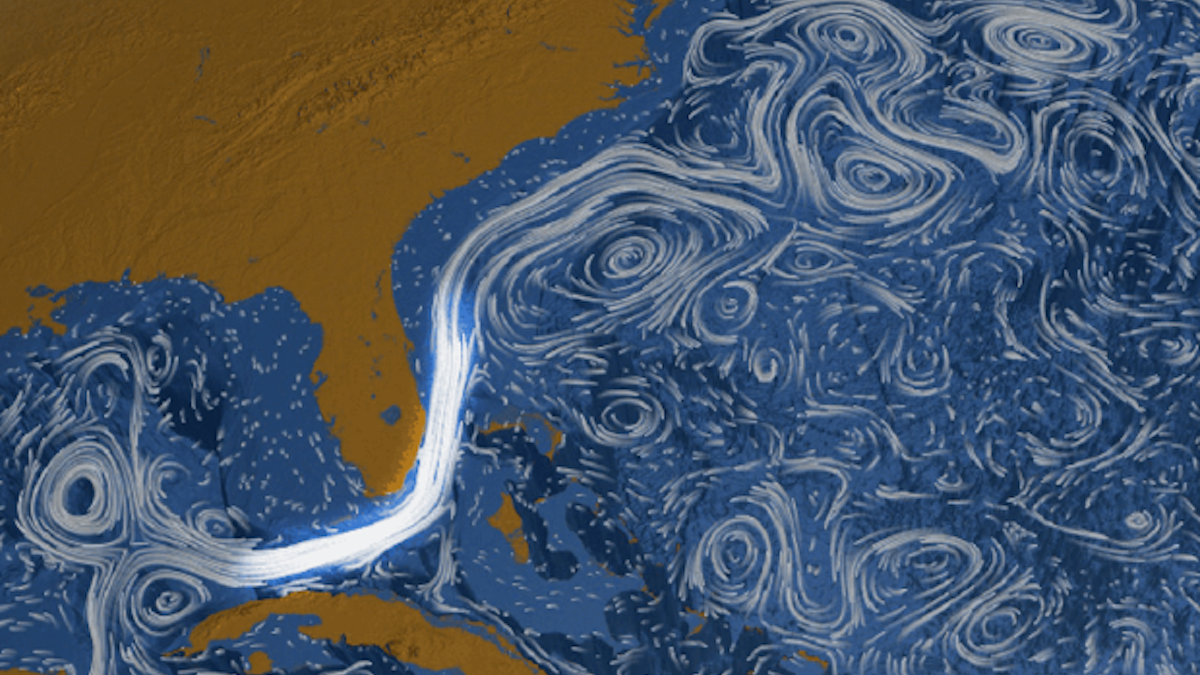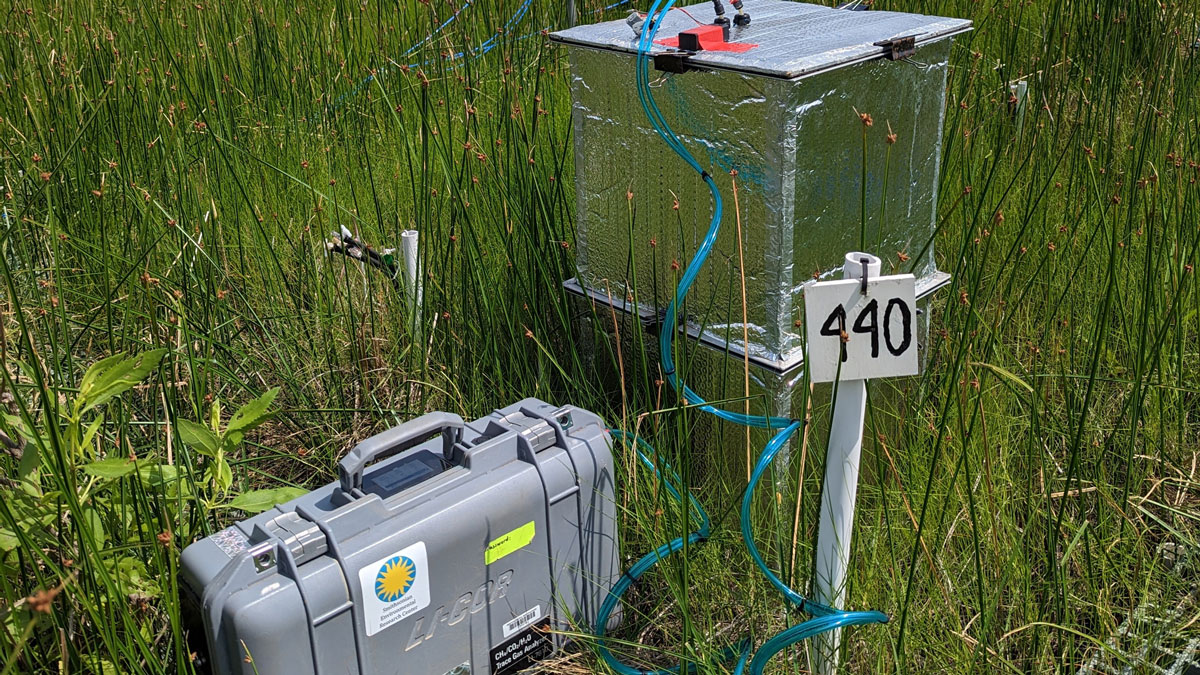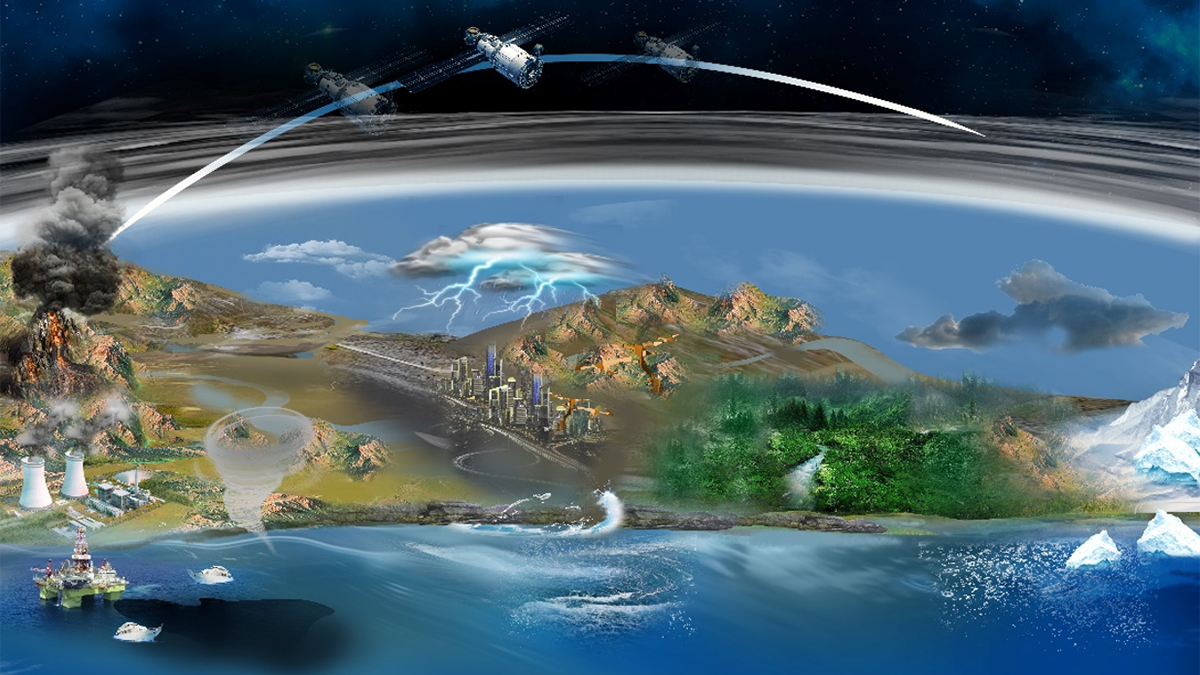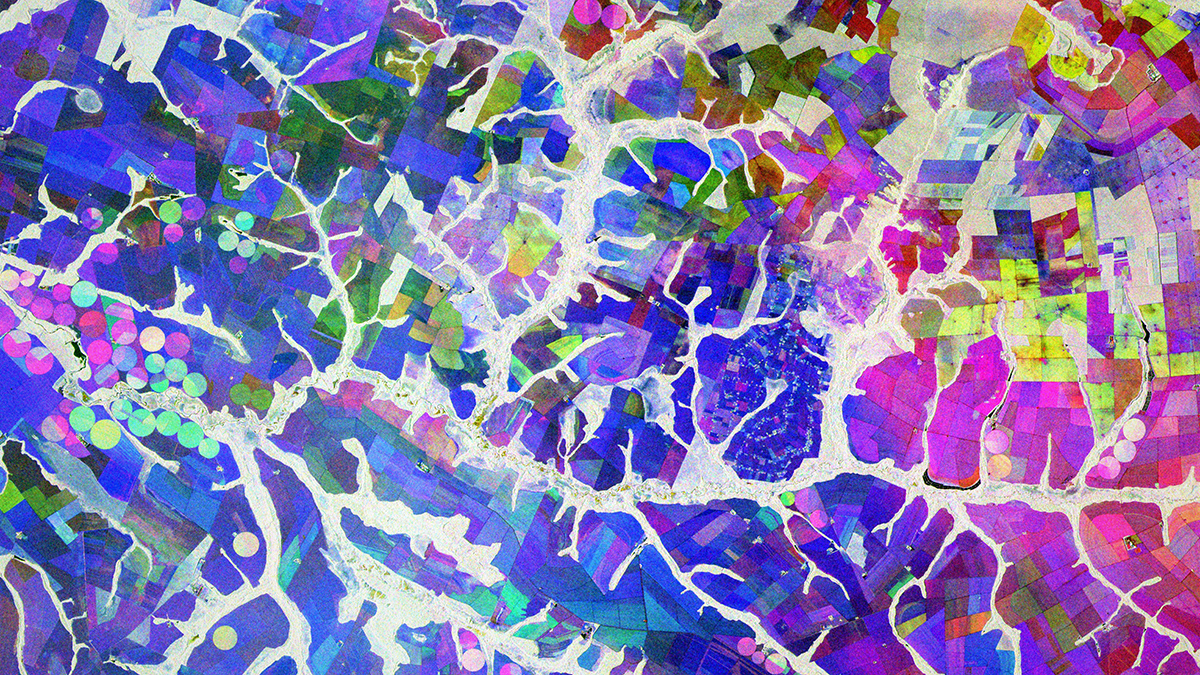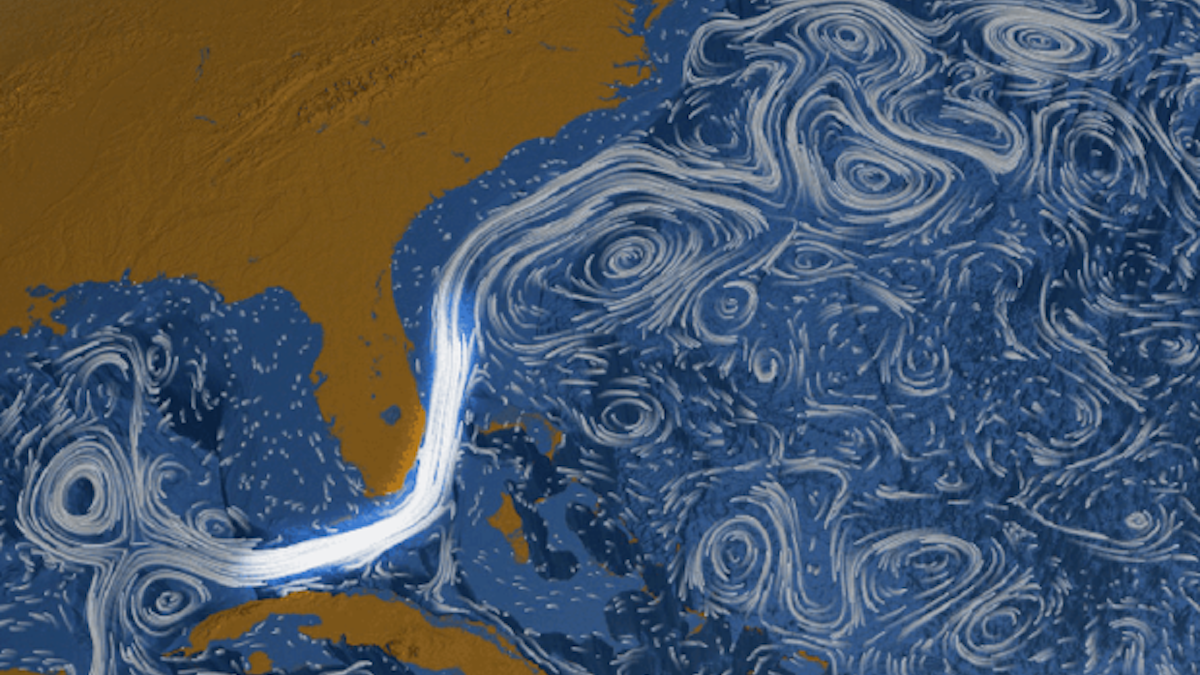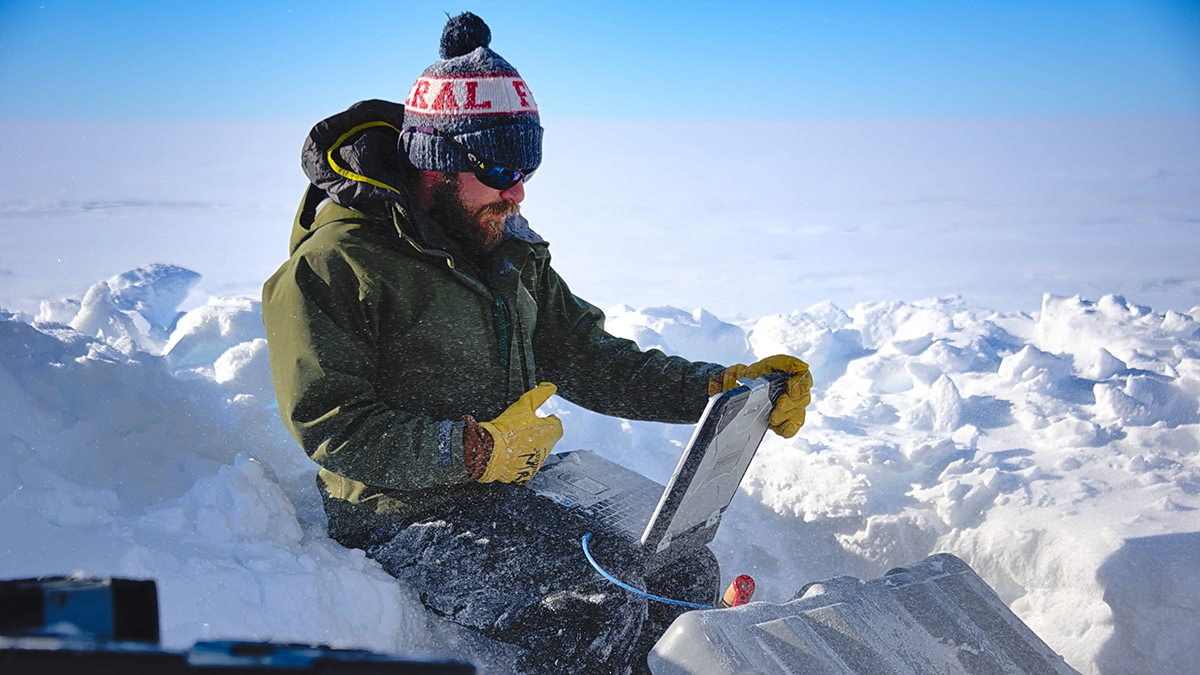Una corrección necesaria a un conjunto de datos ampliamente utilizados redujo las estimaciones de los científicos de cómo se ha debilitado la circulación oceánica.
data management
Lessons Learned from Running a Virtual Global Workshop
Online conferences simplify planning needs, lower barriers to participation for a global audience, and reduce environmental footprints, but scheduling, pacing, and moderating sessions can be challenging.
New Software Package Helps Scientists Find Flux
An easy-to-use R package offers a more efficient way to sort through and analyze data about greenhouse gas levels collected in static chamber experiments.
Unlocking the Power of Synthetic Aperture Radar for Geosciences
Due to its unique ability to monitor Earth’s surface, Synthetic Aperture Radar plays a pivotal role in revolutionizing the geosciences.
A Cloud-Based Solution to a Radar Data Deluge
An open-science tool built to support NASA missions is making synthetic aperture radar, once the domain only of subject matter experts, more accessible for nonspecialists and real-world applications.
The Florida Current May Be Slowing Down, but Not by Much
A needed correction to a widely used data set reduced scientists’ estimates of how ocean circulation has weakened.
Data to Decisions: Changing Priorities for Earth Observations
NASA is updating how it designs and implements Earth science missions to ensure their data and science reach users and decisionmakers faster and more effectively.
Democratizing Science in the Cloud
CryoCloud opens scientific research and education to a broader range of cryosphere researchers with a cloud-based interactive computing environment, training, and community support.
Brandon Whitehead: Unifying Data to Streamline Discovery
A data scientist coheres disparate data sets so that Earth scientists can get the most out of infor-mation.
New Zealand Has a Unique Fossil Record Named FRED
The near-complete database reflects a spirit of trust and collaboration among the country’s scientific community—but will it last?

